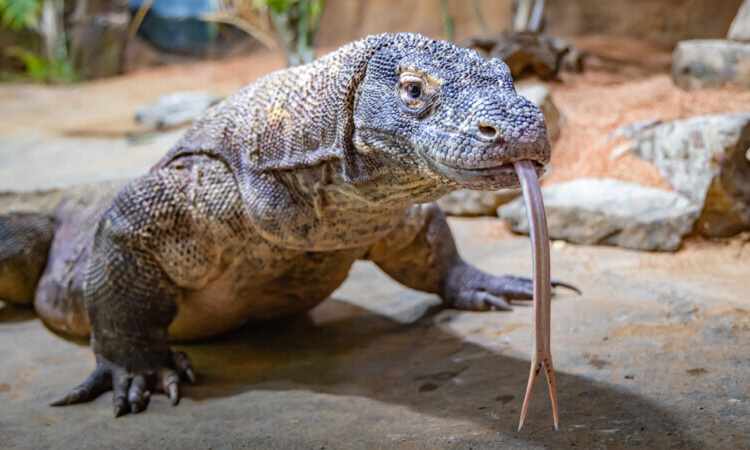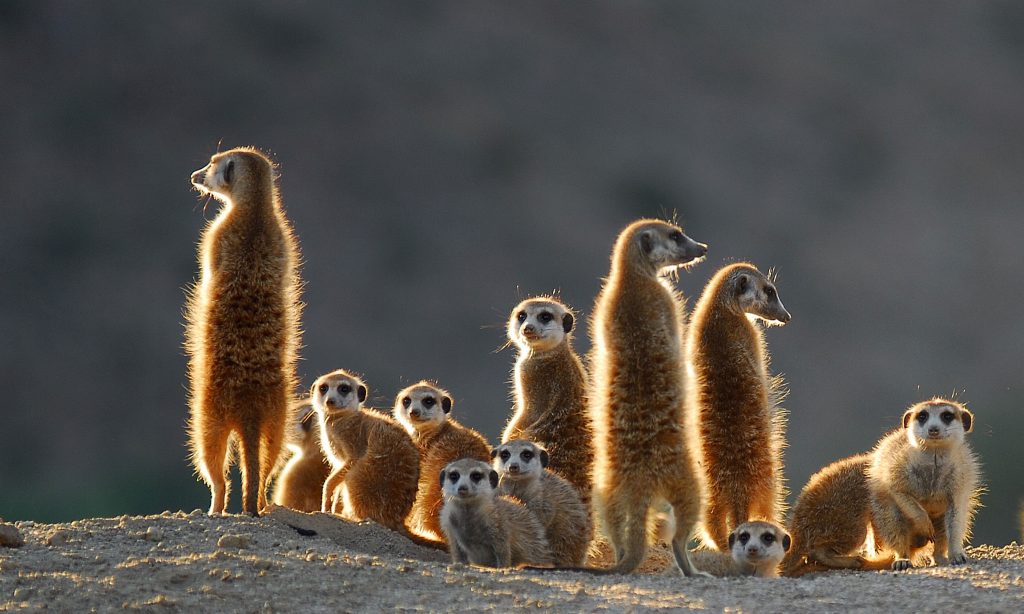Exploring the World of Fast Cats
When we think of speed in the animal kingdom, our minds might drift to cheetahs sprinting across the savannah. However, there are various cat breeds, both domestic and wild, that exhibit remarkable speed. Understanding these fast cats not only sparks curiosity but also highlights the fascinating evolutionary traits that empower these creatures to thrive in their environments.
The Speed Champions of the Wild
Among wildcats, the cheetah reigns supreme as the fastest terrestrial animal. Capable of reaching speeds up to 70 miles per hour in short bursts, these agile felines rely on their incredible acceleration to catch prey. Unlike many animals that maintain a consistent pace over long distances, the cheetah’s unique physique allows it to sprint in short bursts, making it an unparalleled hunter in its natural habitat. Their slender bodies, powerful leg muscles, and specialized respiratory systems all contribute to this speed, proving evolution’s mastery in shaping life to fit specific ecological niches.
Domestic Cats and Their Swift Moves
While domestic cats may not compete with the speed of their wild relatives, they are still surprisingly quick! On average, a house cat can sprint up to 30 miles per hour. This agility allows them to exhibit playful behaviors like pouncing on toys or making sudden sprints across a room. Breeds such as the Abyssinian and the Bengal are particularly known for their speed and playfulness, making them delightful companions for households that enjoy interactive play. Moreover, their quick reflexes and sharp instincts illustrate the hunting prowess they’ve inherited from their wild ancestors.
The Importance of Speed in Cat Behavior
Speed plays a crucial role in the survival of both wild and domestic cats. For wild cats, speed is essential for hunting and escaping predators. In domestic cats, speed is often displayed during play, a behavior that mimics stalking and pouncing on prey. Understanding these behaviors can enhance our relationships with our feline friends. Providing opportunities for exercise and play can keep cats physically fit and mentally stimulated. Engaging them with toys that encourage sprinting or pouncing can lead to happier, healthier pets who are more attuned to their natural instincts.
Conclusion
Fast cats, whether wild or domestic, offer a glimpse into the incredible adaptations of nature. Acknowledging their speed and agility enriches our appreciation of their lifestyles and encourages better care for our pets. If you’re captivated by the swiftness of cats, consider exploring more about their behavior and how to keep them active at home. Dive into the fascinating world of felines, and build a meaningful bond with your furry companions.




